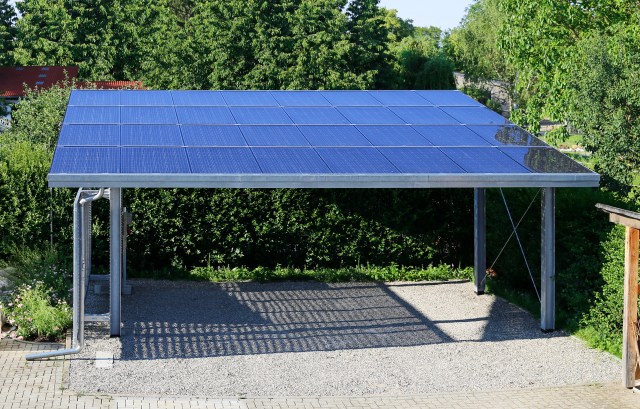Energy Storage Innovations: Paving the Way for a Sustainable Future
As the world shifts towards renewable energy sources, the need for effective energy storage solutions has never been more critical. Innovations in energy storage technology are playing a pivotal role in enhancing the efficiency and reliability of renewable energy systems. This article explores how these advancements are not only addressing existing challenges but also paving the way for a sustainable future.
Understanding Energy Storage
Energy storage refers to capturing and holding energy produced for later use. It is essential for balancing supply and demand, particularly in renewable energy systems like solar and wind, where production can be intermittent. By storing excess electricity generated during peak production times, we can ensure that this power is available when needed most, thereby increasing grid stability and minimizing reliance on fossil fuels.

Innovations Driving Change
Recent innovations in battery technologies, such as lithium-ion batteries, solid-state batteries, and flow batteries have significantly improved energy storage capabilities. These advancements allow for greater efficiency in storing large amounts of electricity over extended periods. Additionally, researchers are exploring new materials and chemical processes that promise to enhance performance while reducing costs.
The Role of Energy Storage in Renewable Integration
One of the most significant impacts of energy storage innovations is their ability to facilitate the integration of renewable sources into existing power grids. By providing backup power during periods of low generation—like cloudy days for solar panels or calm days for wind turbines—energy storage systems help mitigate issues related to intermittency. This capability not only enhances grid resilience but also encourages further investment in renewables.
Environmental Benefits
Another vital aspect of improved energy storage is its contribution to environmental sustainability. Efficiently storing renewable energies reduces dependency on fossil fuel plants that often serve as backup power sources during low production periods from renewables. As more efficient storage solutions become commercially viable, they will help decrease greenhouse gas emissions associated with traditional electricity generation methods.
Future Prospects and Challenges Ahead
Despite the advancements made so far, several challenges remain before widespread adoption can occur. Issues surrounding cost-effectiveness, recycling of battery materials, scalability of technologies, and regulatory hurdles must be addressed to ensure successful implementation at larger scales. Nevertheless, ongoing research continues to provide promising solutions that could revolutionize how we store and utilize renewable energy going forward.
In conclusion, innovations in energy storage are crucial drivers behind the transition towards a sustainable future powered by renewables. By overcoming barriers related to intermittency and enhancing grid stability while also reducing environmental impacts, these technologies hold great promise for achieving global sustainability goals.
This text was generated using a large language model, and select text has been reviewed and moderated for purposes such as readability.


